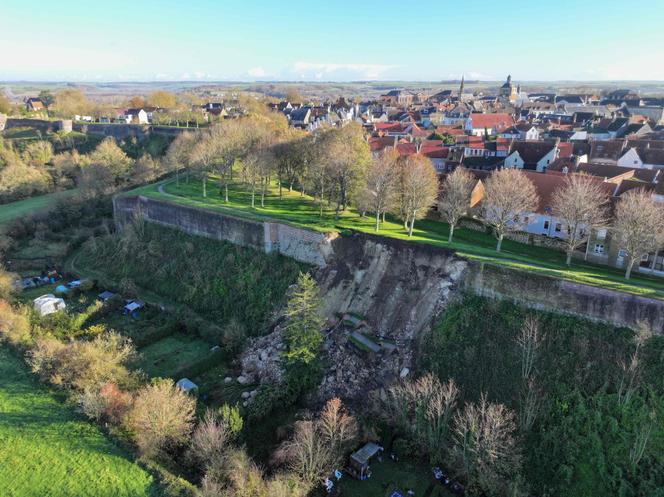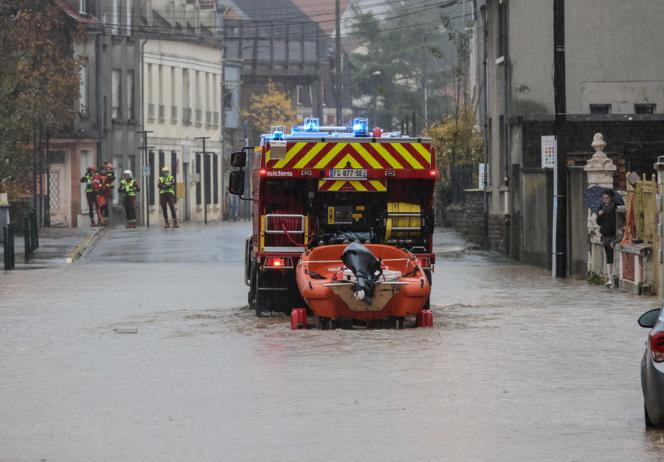


For the fifth day in a row, on Friday, November 10, the Pas-de-Calais region in northern France was placed on red alert for high water levels or flooding caused by rain. Hundreds of homes were flooded and 200 schools and day-care facilities were closed. How can these "historic" and "exceptional" floods be explained?
First and foremost, these floods are the result of record rainfall levels. According to national weather service Météo-France, cumulative rainfall in the department over the past three weeks has been almost 250 millimeters, well above the "climatological reference" for the months of October (89 millimeters) and November (99 millimeters). According to Bruno Janet, head of the modeling and operational hydrology unit at the Central Hydrometeorological and Flood Forecasting Support Service (SCHAPI), this rainfall is "unprecedented." In some places, more than 400 millimeters of rain fell in the space of a month, i.e. four times the amount usually recorded in November, already the wettest period of the year. Since October 18, Hauts-de-France has not seen a day without rain. Beyond the intensity of the rainfall, it's also the duration that's exceptional.

Two storms, Ciaran and Domingos, hit the region in quick succession. As a result, the ground became saturated. "The soil is already full of water, and all the excess is running off, exacerbating the effects," explained Stéphane Bonelli, a researcher at the National Institute for Agronomic Research (INRAE). In his view, "this event is comparable to a 100-year flood," i.e. it has a 1-in-100 chance of occurring over the course of a year. "This succession of rare hydrological events is the main cause of this exceptional situation," said Bonelli.
Impacted after the storms by a low-pressure system from the British Isles, rivers in the affected area, notably the Aa, the Liane and the Canche, overflowed. "Here, we're dealing with rivers that are very sensitive to precipitation," said Janet.

Other, more minor factors explain why the region can be conducive to this type of phenomenon. Nord-Pas-de-Calais is "very flat," said Jamal El Khattabi, a hydrogeologist at Polytech Lille. "And when it overflows, it's more difficult to drain. It stagnates," he said. "In places in the region, there are what are known as silts, which are coarse clays with low infiltration capacity and are even considered impermeable." Combined with marshes and clay soils, the situation can only get worse.
You have 40% of this article left to read. The rest is for subscribers only.
